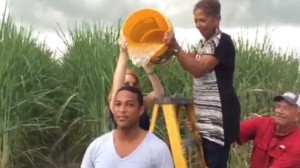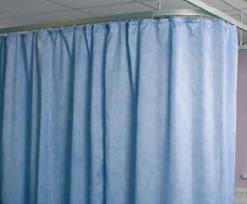This week due to some special projects and an increase demand of my time for hospice patients I have not been able to do as much visiting of hospital patients as I would like to do. Today I began my rounding in the hospital with a sense of enthusiasm and a desire to see as many patients as I could. Initially my enthusiasm was drained because the first three patients that I could speak with declined pastoral care for various reasons. I know this was not a personal rejection of my, but with my emotions so fully loaded to see as many patients as I could three patients consecutively declining pastoral care was unexpected and downright unpleasant for me. I began to ask myself, “Why am I here where there are other things I could be doing back at the office?” I answered myself quickly by reminding myself of how few hours I had been rounding in the hospital and that there surely were patients who would desire a visit and benefit from our time together.
The very next patient I visited responded with these words once I identified myself and why I was in her room. “I am so glad you came, I need someone to talk to.” Needless to say my heart jumped when she stated not only could we visit but told me she needed a visit. We had a very positive visit and I felt like I had really improved her day. One of the measures I am using to measure this is while I was in her room physical therapy came in and offered to help her walk, she said we were not done yet and asked them to come back later. Then a social worker came into the room and she told the social work the same thing. This patient did not realize it but she gave me a gift of reminding me, just when I needed a reminder, that pastoral care does matter greatly. It is up to me not to get discouraged when some patients are not up to having a visit for whatever reason. There is always another patient who is waiting for pastoral care.
If you have discouraging days in your job, try to remember times when others have affirmed your work. Then like I was, you will be renewed for the tasks you are attempting to complete.










